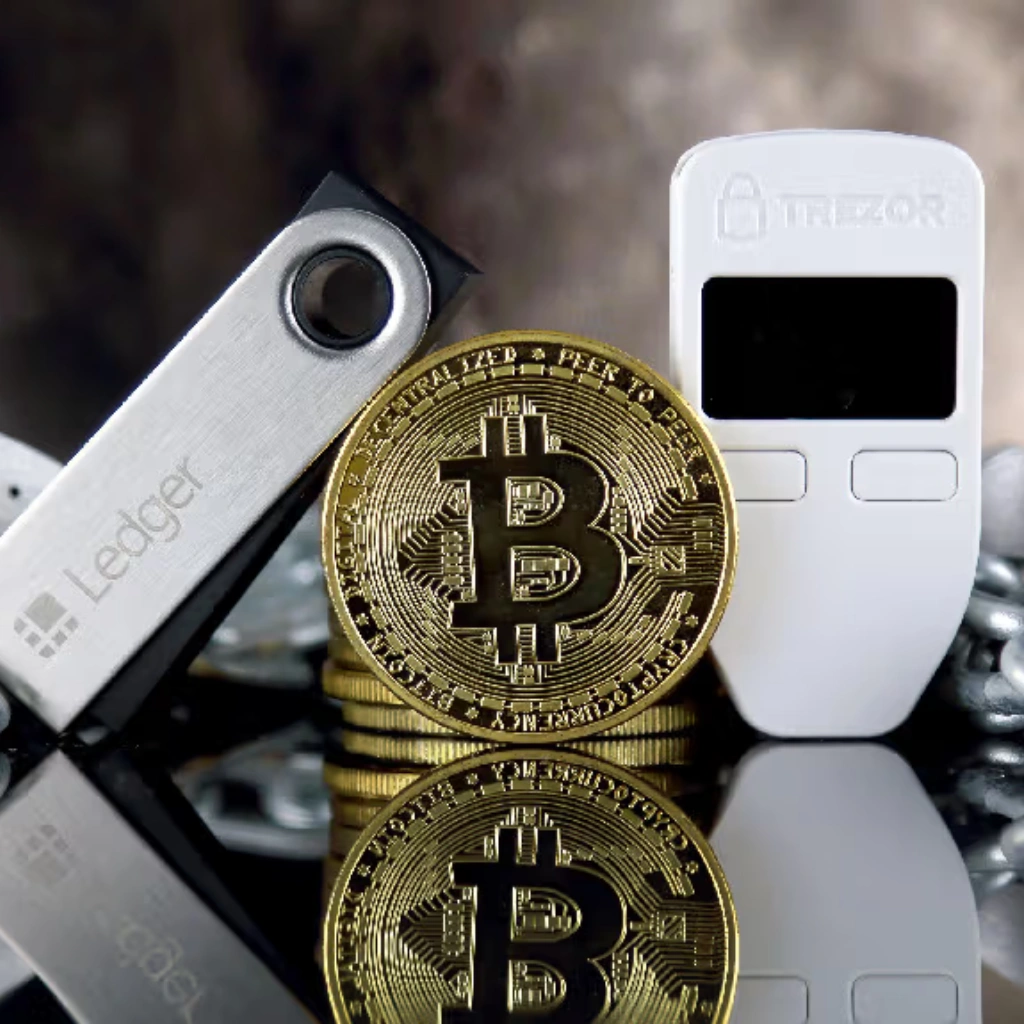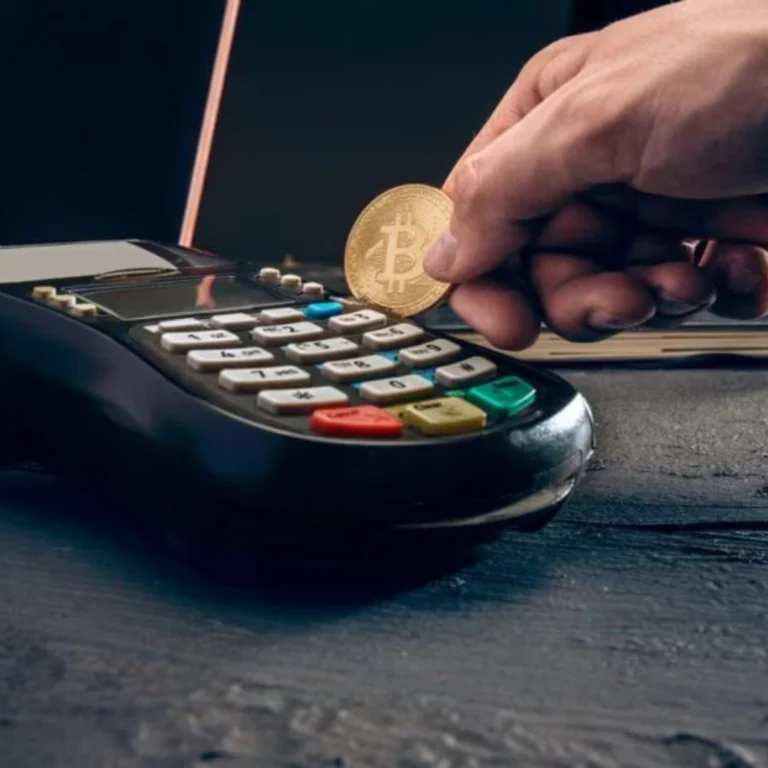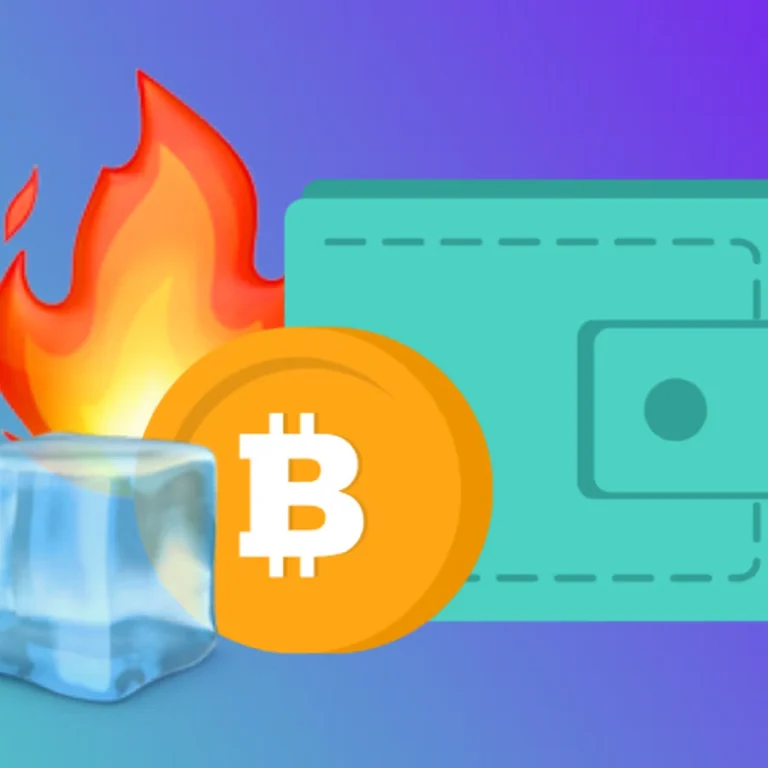USDT storage safety: As USDT (Tether) continues to be a widely used stablecoin in the crypto ecosystem, understanding how to store it securely has become increasingly important. While its value is pegged to the US dollar and considered “stable,” that doesn’t make it immune to theft or loss. Improper storage can put your funds at risk—just like with any other cryptocurrency.
This educational guide walks you through essential strategies to safeguard your USDT holdings.
Why USDT Storage Safety Is Important


USDT may not fluctuate like Bitcoin or Ethereum, but it can still be stolen or compromised if not stored correctly. With the rise in phishing scams, malware attacks, compromised exchanges, and user error, secure storage has become a priority for anyone holding crypto.
Losses often occur due to:
- Weak passwords
- Unsecured devices
- Clicking malicious links
- Storing large funds in hot wallets
Awareness and preparation are key to avoiding these risks.
Cold Wallets: The Most Secure Storage Option
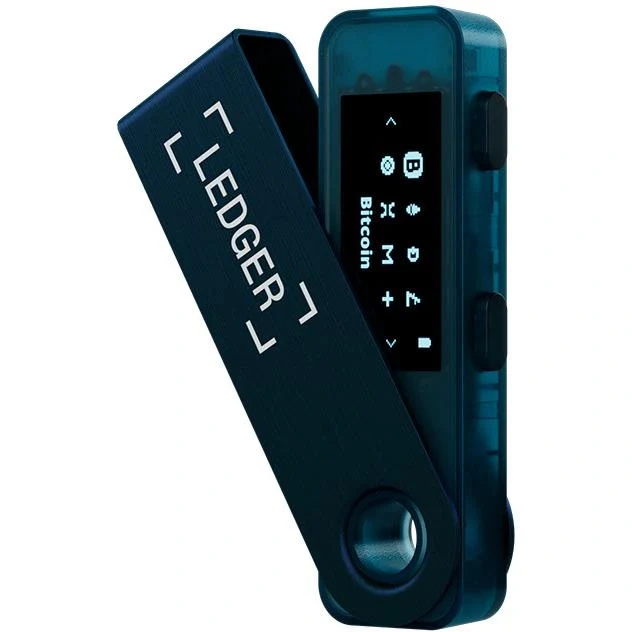
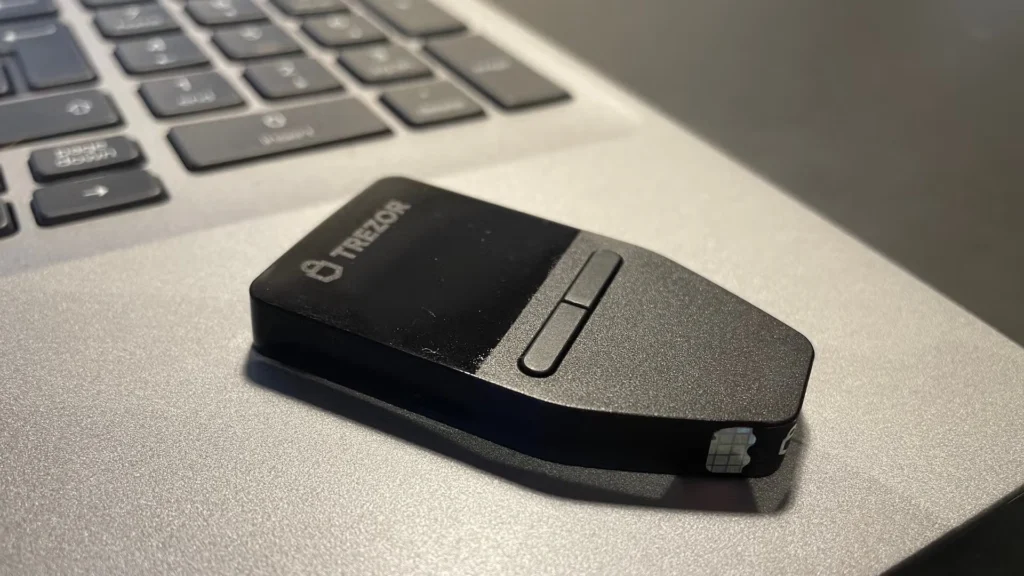
Cold wallets are physical devices that store your private keys offline, making them immune to online threats. Devices such as Ledger and Trezor are widely trusted and recommended for long-term USDT storage.
Benefits:
- Immune to remote hacking
- Ideal for long-term holdings
- User retains full control of assets
Caution: Always secure your recovery phrase in multiple, offline, and physically protected locations. Without it, wallet recovery is impossible.
Hot Wallets: Convenient but Riskier
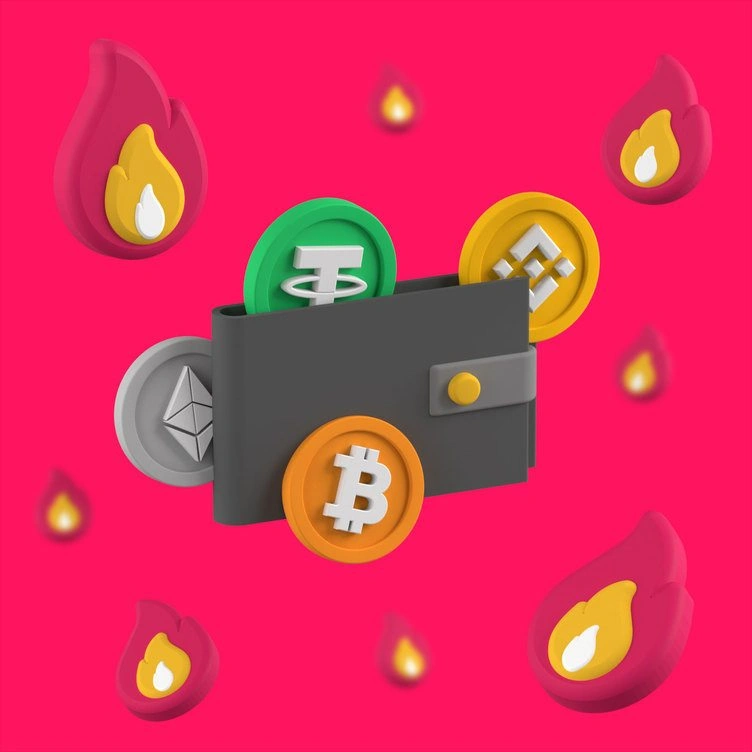
Hot wallets operate online and include mobile apps, browser extensions, and exchange wallets (e.g., MetaMask, Trust Wallet, Binance Wallet).
Best Practices for Hot Wallet Use:
- Use them for small, everyday transactions only
- Always enable Two-Factor Authentication (2FA)
- Set strong, unique passwords
- Avoid clicking on unsolicited links or emails
Think of hot wallets like carrying cash in your wallet—useful, but not meant for storing large sums.
Diversify Your USDT Storage
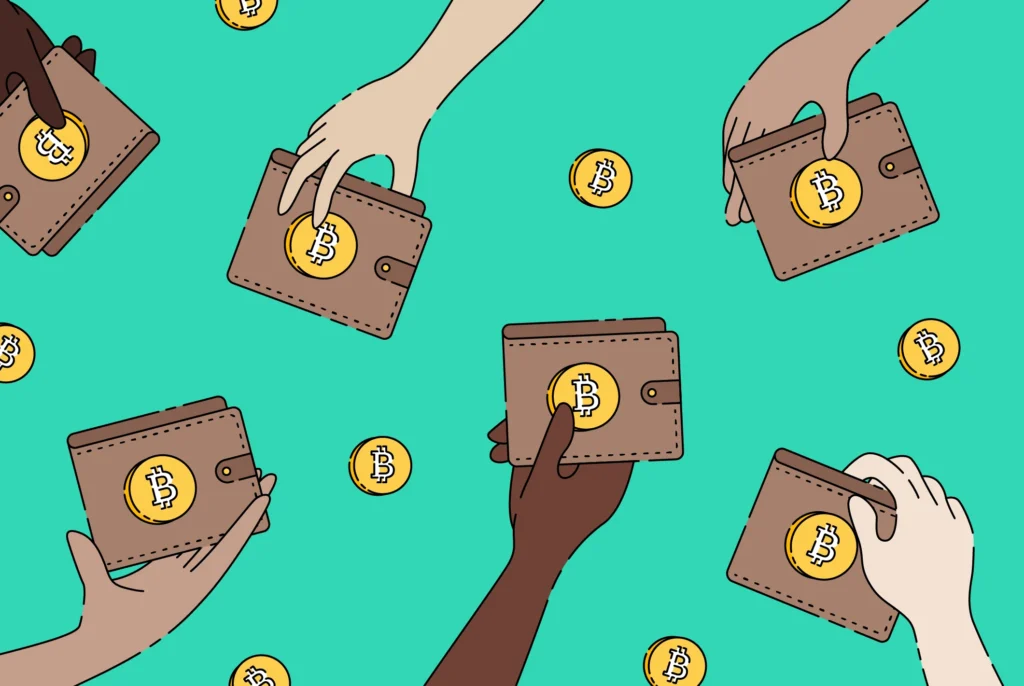
Rather than relying on a single storage method, it’s advisable to distribute your USDT across multiple wallets. This strategy minimizes risk in case one wallet becomes compromised.
Suggested Setup:
- Cold wallet for savings or long-term holding
- Hot wallet for daily use or trading
- Multi-signature wallet for team or shared control
This way, a breach in one area doesn’t mean total asset loss.
Multi-Signature Wallets: Added Layer of Security
Multi-signature (multi-sig) wallets require more than one key to approve transactions. This significantly reduces the risk of unauthorized access.
Common tools include:
- Gnosis Safe
- Casa
Use cases:
- Joint accounts
- Business or organizational funds
- Extra personal control over large holdings
Though setup may be technical, the added security is worthwhile for serious investors.
Practical Habits That Improve USDT Storage Safety
Tools alone aren’t enough. Your behavior plays a major role in securing your crypto.
Follow these habits:
- Never store recovery phrases digitally (e.g., screenshots, cloud storage)
- Regularly update your wallet software
- Double-check URLs before accessing wallets
- Avoid using public Wi-Fi when making crypto transactions
- Back up your wallets properly and store backups securely
Security is as much about discipline as it is about technology.
Conclusion: Combine Tools and Habits for Maximum Safety
There’s no one-size-fits-all solution for storing USDT safely. The best approach is to understand the options available, choose the tools that fit your needs, and maintain secure habits at all times.
Whether you’re a casual trader or a long-term holder, prioritizing USDT storage safety ensures that your digital assets remain protected in an evolving crypto landscape.
Relevant News: HERE

